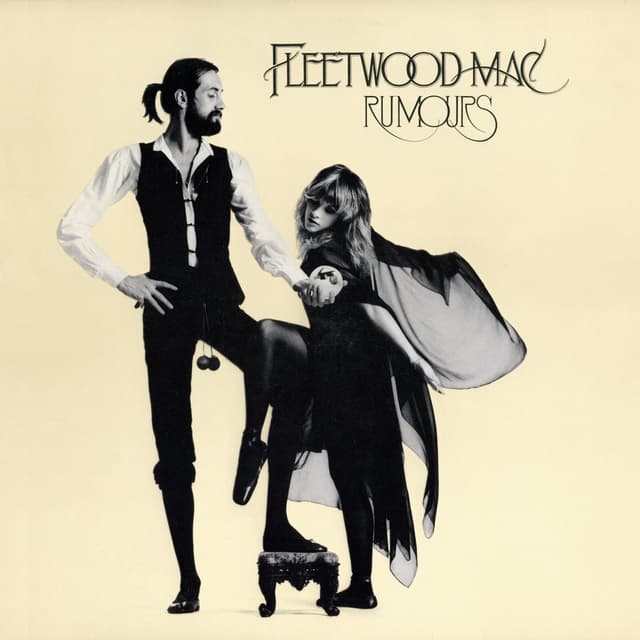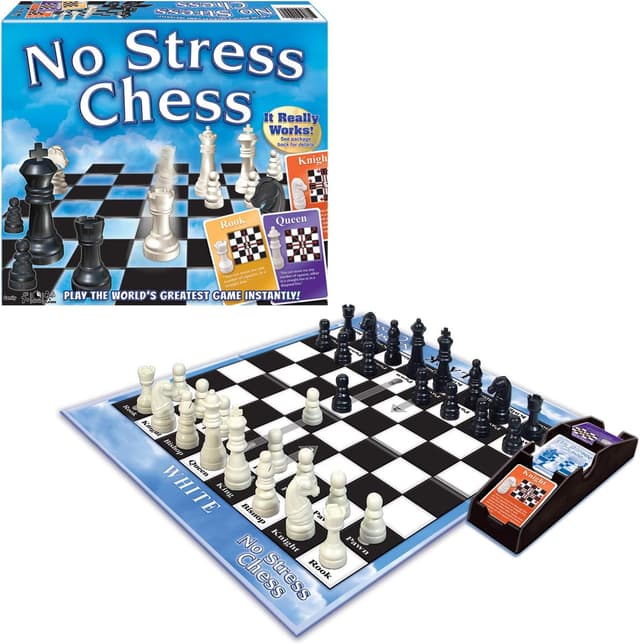Colin Nagy | January 8, 2021
Why is this interesting? - The Song Exploder Edition
On music, storytelling, and context
Recommended Products

A documentary about the making of Fleetwood Mac's album.

A game that simplifies learning chess through the use of cards.
Colin here. I’m a sucker for the behind-the-album documentaries. There’s something about getting the scoop behind a song you’ve listened to non-stop. One of my favorites, Classic Albums: Fleetwood Mac, has a scene where Lindsay Buckingham is talking about the recording of “Gold Dust Woman.” He is sitting at the mixing board, listening to the masters, and isolates a channel of something that was buried deep in the mix: a feral wail of sorts at 4:26 at the crescendo of the song. As much as I have listened to the song, it was really interesting to hear with this added commentary.
The same goes for all sorts of textures and elements that go into a recording or composition. I loved this breakdown of the making of the first Strokes record:
I recorded Is This It with one microphone for the voice and one for the snare drum: everything minimal. It wasn’t sonically perfect, but it had some magic and emotion that was missing in the big studio stuff other bands were doing. Julian had so many ideas – and a freakishly controlled concept of rhythm and timing. Even when he’d drunk 13 beers and was asleep on the couch, one eye would open and he’d go: “The hi-hat’s not right.” He was a master of the cryptic instruction. He’d say: “This song, can you loosen its tie a little?” He wanted his voice to sound “like your favourite blue jeans – not totally destroyed, but worn-in, comfortable”.
Why is this interesting?
We typically experience albums in their entirety, or, in a Tik Tok and Spotify world, perhaps more in a more fragmented way: second by second, hook by hook. But it is really satisfying to understand the dark magic: the processes and techniques that made a vibe or contributed to something timeless.
For those that love the wormhole of how interesting songs get made, Song Exploder is an incredible outlet. The hosts, first Hrishikesh Hirway and now Thao Nguyen, deftly move from genre to genre—from Mitski to Nine Inch Nails—to understand not only the individual elements of the recording, nerd style, but also the feelings, approach, and vibes that went into the song.
Solange breaks down Cranes in the Sky:
She wrote the lyrics to “Cranes in the Sky” during a trip to Miami, when the city was going under an intense period of construction and she could no longer see it as a place of refuge. Although she lost the original drums they had recorded, she found that repetition in the new ones reminded her of meditation, which complemented the string section well. This episode is worth listening to simply for Solange’s isolated vocals, as well as for her story about trying to record around a cockroach infestation.
Why NIN’s Reznor touches upon the nuances of his now-timeless vocal performance in “Hurt” and how it wasn’t perfect:
“I am out of tune a lot. I am singing it extremely quiet,” Trent acknowledges. “I’d guess that would have come after a number of frustrating takes of it feeling too sung and less emotional. That’s me trying to sound quiet and sincere. Just feeling the weird shame and exposure of showing something intimate to the world but it wasn’t coming across right.
With having lots of media at our fingertips, it is easy to gorge at the buffet. But I welcome these types of “slow” media, which dissect the nuance of stuff we may have only felt viscerally. And when we go deep to reflect and understand the song and its construction as well as the artist and their intentions, it fosters deeper appreciation, the same way we learn about fine artists in an art history class. (CJN)
Game of the day:
I’ve been looking for games to play with my older daughter and someone suggested checking out No Stress Chess. I know the rules of chess but haven’t played more than a dozen games in my life. This simplifies the game hugely by giving you cards to turn over which decide the piece you move. It’s been a fun (and low stress) way for us to learn chess together. It says 7+, but it seems fine for kids a bit younger too. (NRB)
Quick Links:
On a similar note to Song Exploder, Switched on Pop’s episode on Selena Gomez’s Bad Liar is excellent. (NRB)
Speaking of learning chess, I really enjoyed this Tom Vanderbilt piece from a few years ago on learning chess with his 4-year-old. (NRB)
Let’s ask a better question: Why doesn’t advertising work (more often)? (NRB)
Thanks for reading,
Noah (NRB) & Colin (CJN)
—
Why is this interesting? is a daily email from Noah Brier & Colin Nagy (and friends!) about interesting things. If you’ve enjoyed this edition, please consider forwarding it to a friend. If you’re reading it for the first time, consider subscribing (it’s free!).
